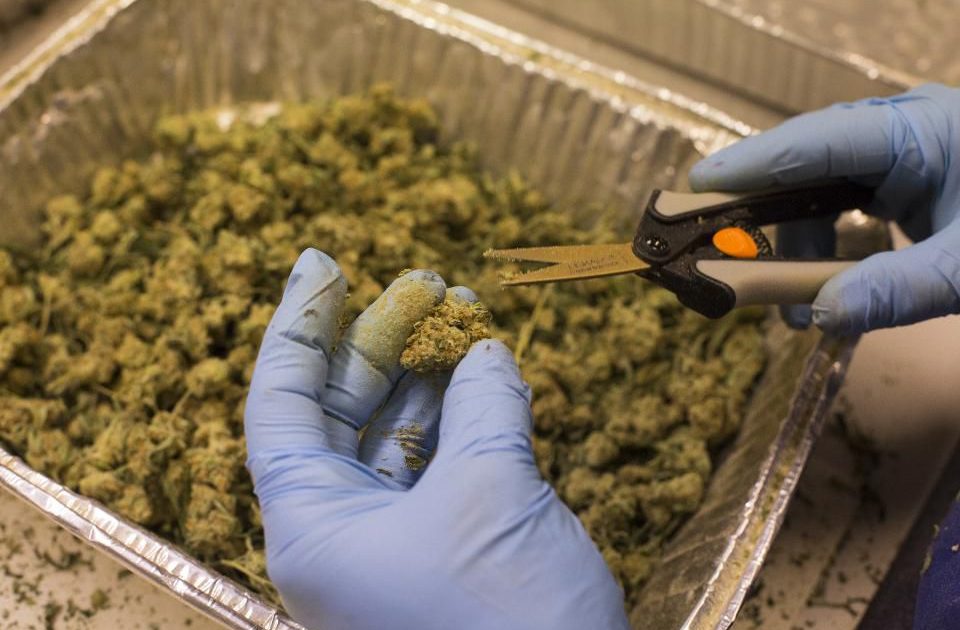Discussions about job growth in the U.S. tend to focus on industries such as technology and health care. But the biggest boom may be happening in cannabis.
Even though cannabis use in some form is legal in only two-thirds of the states, our burgeoning industry is among the fastest-growing job markets in America.
According to cannabis information hub Leafly’s 2019 Cannabis Jobs Count, cannabis directly employs more than 211,000 full-time workers in the U.S. Add indirect jobs and the total number of full-time workers dependent on the legal cannabis industry hits nearly 300,000. No wonder Leafly calls cannabis “America’s hidden job boom.”
The industry added more than 64,000 jobs last year — a 44% increase — and is expected to create another 20,000 jobs this year in California and Florida alone.
In 2018, as its medical marijuana industry ramped up, Florida added the most jobs of any state — more than 9,000, equaling an eye-popping 703% increase, according to Leafly. The number of jobs jumped in concert with the number of medical cannabis patients, whose numbers rose from roughly 65,000 to 165,000 over the same 12 months. It could go even higher if Florida also legalizes the adult use of cannabis.
The highest concentrations of jobs are in states where cannabis is legal for both medical and adult use, including Colorado and Washington.
Another bonus: Professional and technical workers, such as accountants, lab workers, marketers and tax experts, make up more than half of the new workforce. That’s led to a median annual salary of $58,511, almost 11% higher than the overall U.S. median.
Leafly started counting cannabis jobs three years ago because the federal government won’t. Cannabis is still a Schedule 1 drug at the federal level, equated with heroin, and is considered to have no medical value. Therefore, cannabis jobs are considered illegal. That makes them untouchable as far as the Department of Labor and its Bureau of Labor Statistics (BLS) is concerned.
In spite of the scheduling status, the cannabis market itself is booming. Leafly says legal cannabis sales increased 34% nationwide in 2018, to $10.8 billion. Most states now have some form of legal cannabis use. Of the states that are holding out, several are now considering decriminalizing the plant. Washington, D.C., and 10 states have also lifted prohibitions against recreational cannabis use by adults.
This level of spending is creating an industry that is likely adding jobs faster than most growth sectors. Over the 10 years from 2016 to 2026, the BLS projects a 47% increase in home health care aides and a 105% increase in solar photovoltaic installers. Cannabis is projected to hit a job-creation rate of 110% in just the three years from 2017 to 2020.
For people on the outside, it’s surprising news — but industry insiders have had a front-row seat to this explosive growth. They’ve been asking the BLS to add cannabis jobs to its usual reporting for a few years now. Canada finally added the industry to its regular statistical gathering in 2018 in anticipation of full legalization last fall. One thing that’s already known: Canada actually had to import workers to fill jobs last year.
Whether they’re counted or not, cannabis jobs will continue to be an engine of growth for the U.S. economy for the foreseeable future, without requiring the massive tax breaks and concessions demanded by others, such as Amazon and professional sports teams. For example, just last year, the industry created more than 7,000 jobs in both Nevada and Washington, and another 5,000-plus in Arizona, without any state or local incentives or costs to taxpayers.
Cannabis spending is expected to grow globally to $17 billion in 2019, and projected to reach $31.6 billion in 2022. Just as in Florida, that growth will require more workers in jobs directly linked to the industry. Meanwhile, cannabis sales taxes — ranging from 10% to 37% after local sales taxes — will be used in part to fund indirect jobs, including school construction, drug abuse prevention programs and medical research. Pretty soon, the industry will be too big to ignore.
By Kevin Murphy via Forbes





